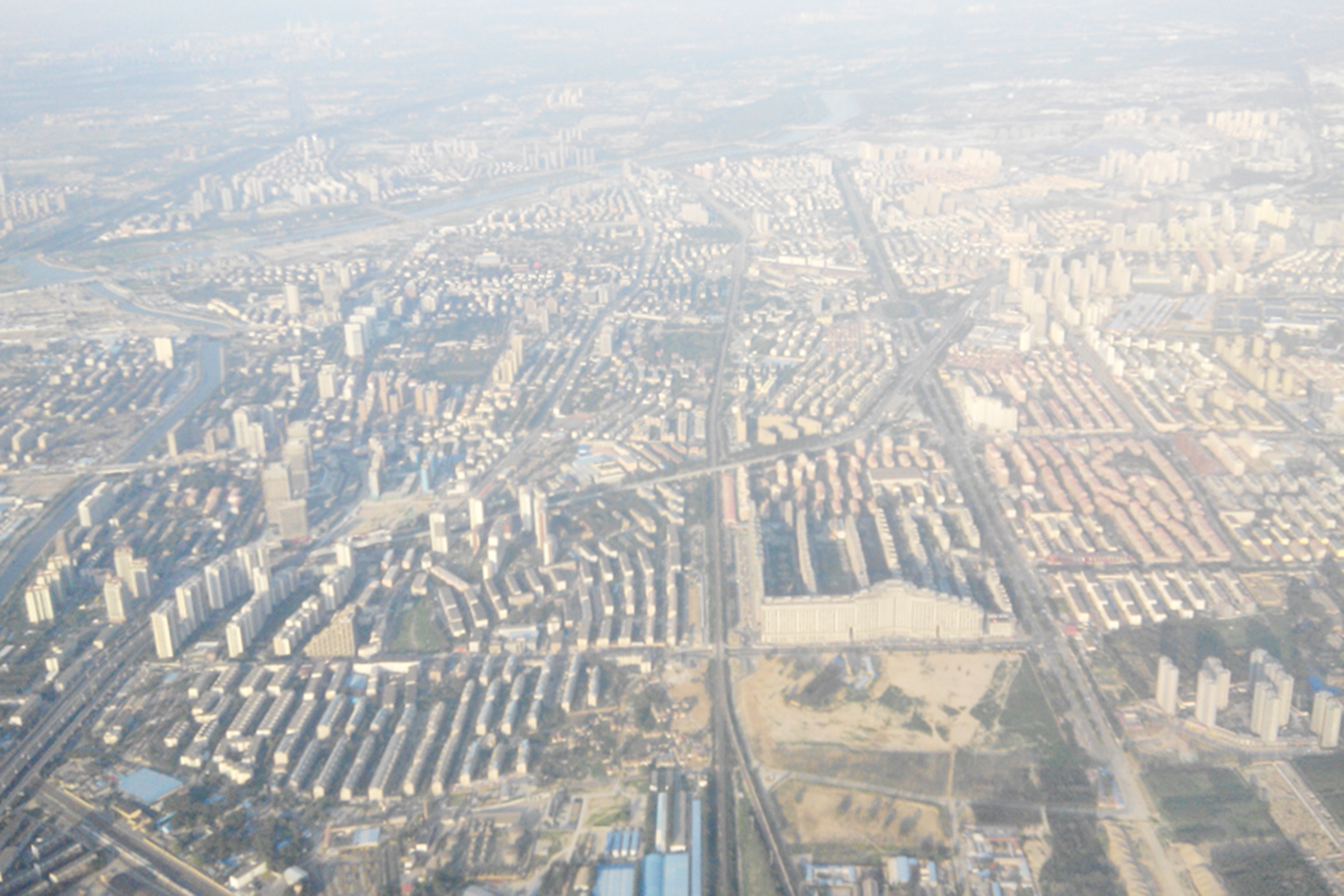Beijing Airport: The Art of Landing amid the Smog
The International Air Transport Association (IATA) estimated the annual rate of growth in passengers to be 5.7% for the Asia-Pacific region between 2013 and 2017. The estimation represents one of the most important growth forecasts per region.
According to the same organization, which recently published a report on the industry of global civil aviation, the number of passengers worldwide is expected to increase by 31% by 2017:this means approximately 3.91 billion more people. As global trend indicate that airport traffic will increase, China will have some critical decisions to make.
Currently, Beijing Capital International Airport pales in comparison to other major international airports, with only 18% of flights taking off on time according to Flightstats. Flight cancellations are also frequent. 20% of cancellations are the result of poor weather and a lack of clarity, indicating they might be attributed to pollution. In an attempt to prevent such frequent delays, the Chinese authorities have announced new training initiatives for autonomous landings, which will be mandatory for Chinese pilots beginning 1st January.
On domestic routes linking the major airports of the country – Guangzhou, Shanghai, Chengdu, Shenzhen – to Beijing, pilots can now navigate with the help of a tool designed to manage landing under conditions of reduced visibility. As more and more air crafts are equipped with this new navigational technology, costly additional training for pilots may no longer be mandatory.
-
2012/12/16

-
Beijing

-
Modu Team


the other map
Explore arrow
arrow
loading map - please wait...




